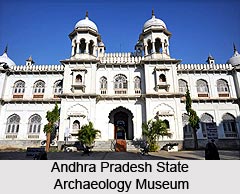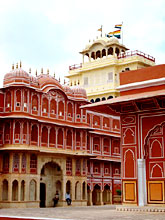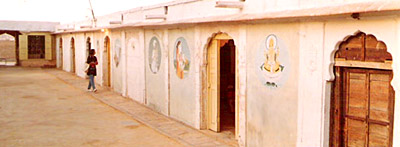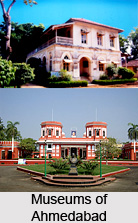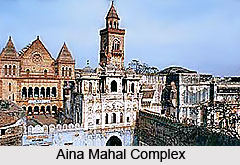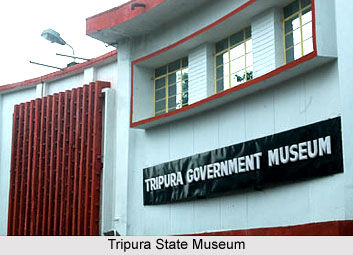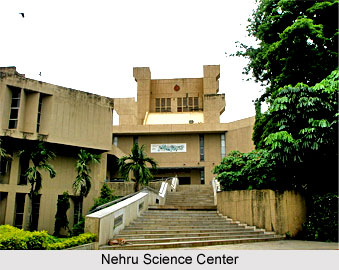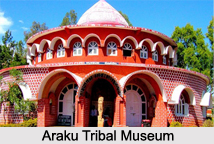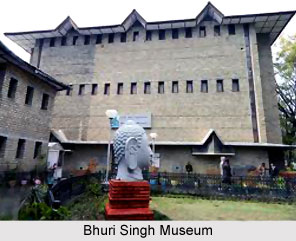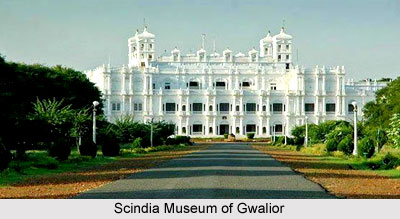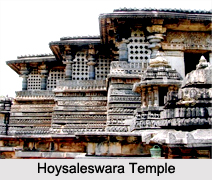 Halebidu is located in the Indian state of Karnataka. More specifically, it is situated in the district of Hassan. Halebidu can be defined and is famously known as a temple -town. The literal meaning of Halebidu is "old city". It was earlier known as Dorasamudra or Dwarasamudra. This place is also known as Halebid. It grabs the attention of tourists and can therefore be called a tourism product of Karnataka. This place is famous for ancient temples and the Hoysala style of architecture.
Halebidu is located in the Indian state of Karnataka. More specifically, it is situated in the district of Hassan. Halebidu can be defined and is famously known as a temple -town. The literal meaning of Halebidu is "old city". It was earlier known as Dorasamudra or Dwarasamudra. This place is also known as Halebid. It grabs the attention of tourists and can therefore be called a tourism product of Karnataka. This place is famous for ancient temples and the Hoysala style of architecture.
History of Halebidu
The city of Halebidu is known to be the regal capital of the Hoysala Empire in the 12th -13th century. Unfortunately, it was looted twice in the early 14th century, by the armies of Malik Kafur. Malik Kafur is recorded in history as a prominent general of Alauddin Khilji. From 1294 to 1316 AD, he was the leader of the three campaigns in southern India. He is identified as the person who triggered the consequent arrival of the Madurai Sultanate. After being sacked, Halebidu was reduced to a pitiable condition. It was neglected and was even left in a state of disrepair. Interestingly, Halebidu derived its name from these incidences of looting.
Geography of Halebidu
Globally, Halebidu can be pinpointed at coordinates 13.2157 degrees north and 75.9914 degrees east.
As per estimations, this city has an elevation of about 880 m (2,890 ft). In the year 2001, its total population was recorded as 8,962. It"s time zone has been recorded as Indian Standard Time (IST) (Universal Time Coordinated + 5:30).
Temple Complex of Halebidu
As a temple-town, Halebidu serves as a home to Hoysaleswara and Kedareswara temples and three Jain basadis namely, Parshvanatha Basadi, Shantinatha Basadi and Adinatha Basadi. The Jain temples symbolize the religious tolerance of the Hoysalas, who patronized all the major contemporary sects like Saivism, Vaishnavism and Jainism. The Jain basadis are known to be equally rich in sculptural details.
Hoysaleswara Temple
The Hoysaleswara Temple is known to be built by Ketamala (around 1121 AD). The erection of this temple is believed to have been completed around 1160 AD by Kedaroja, the chief architect of Vishnuvardhana`s son and successor Narasimha I (1142 - 1173). This temple is dedicated to Hoysaleshwara and Shantaleshwara. They are named after King, Vishnuvardhana Hoysala and his Queen, Shantala Devi. It is known to be erected in the 10th century, more specifically, 1120 AD. It is a fine representation of the Hoysala style of architecture. It has two Vimana or Gopura, also known as Dvikuta. The temple stands as facing the eastern direction. There are four entrances to the temple. One is in the north, the other one is in the south and the two more entrances are located in the east. The walls of the temple are adorned with a variety of depictions from Hindu mythology, animals, birds and shilabalikas or dancing figures. This temple would provide its visitors sculptural details. It will be evident to the tourists on visitation that no two sculptures of the temple are the same. The temple is known to be guarded by the Nandi bull. The complete mythical stories of Mahabharatha and Ramayana have also been explained in the temple. Three pradakshinas would be required to get a detailed view of the temple. The western direction would give one the best view of the temple. From this direction, the wall images will be evident with enormous details. The Hoysaleswara Temple is listed as one of the world heritage sites. This temple is protected under the Ancient Monuments and Archaeological Sites and Remains Act, 1958. It is conserved and maintained by the Archaeological Survey of India, Bangalore Circle in Karnataka.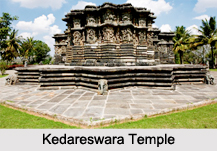
Kedareswara Temple
The Kedareswara Temple, also spelt as Kedaresvara or Kedareshvara, is known to be erected by Hoysala King, Veera Ballala II and his queen Ketaladevi. Art historian Adam Hardy highlights that the Kedareswara was erected before 1219 A.D. The temple is a home to three shrines and is therefore known as a trikuta, meaning a three shrined structure. The ruling deity of this temple is Ishwara. Ishwara is the other name of Hindu Lord, Shiva). The Kedareswara Temple is protected as a monument of national importance by the Archaeological Survey of India. Evidently, some parts of this temple are destroyed. Fortunately, restoration of the temple has commenced.
Parshvanatha Basadi
The construction of Parshvanatha Basadi marks the rule of Vishnuvardhana. Parshvanatha Basadi was erected by Boppana, the son of the famous Gangaraja, who was a minister under Hoysala King Vishnuvardhana. This temple was built in the year 1133 A.D. in the memory of Gangaraja. This temple has a garbhagriha, a sukhanasi, a navaranga and a detached mukhamandapa. The most noteworthy aspect of this temple is a rare Jain figure of Parshvanatha theerthankara inside the Basadi made of black granite stone. This sculpture is 18ft in height and has a seven hooded serpent over the head of the theerthankara. The figure of the theerthankara will be evident to the devotees as a perfect yogi or a realized soul with a benign and sympathetic smile on the lip.
Shantinatha Basadi
The Shantinatha Basadi was built during the reign of Ballala II around 1192 A.D. It is structurally similar to that of Parsvanatha Temple. It also consists of a garbhagriha, sukhanasi, a navaranga and a mandapa. The mandapa was added later during the Vijayanagara period. The image of Shantinatha tirtankara is located in the garbhagriha. This image is about 18 ft tall. The Shantinatha Basadi is now being proposed as a UNESCO World Heritage Site.
Adinatha Basadi
The Adinatha Basadi is located between the Parshvanatha Basadi and the Shantinatha Basadi. It was erected in 1138 A.D. by minister Mallayya, during the reign of king Vishnuvardhana.
Surrounding of the Temples
In front of the temples mentioned above there is a large lake. The two Nandi images on the sides of the Hoysaleswara temple are monoliths. These temples have been constructed using soapstone (chloritic schist). An archeological museum is also located within the temple complex.
Visiting Information
November to March is generally considered to be the best time to plan a tour to Halebidu. The maximum temperature estimated in Halebidu is 38 degree Celsius, whereas the minimum temperature estimated here is 20 degree Celsius.
Halebidu has good transport availability. Bangalore and Mysore are known to be nearest city to Halebidu. The former is located at a distance of about 211 km from Halebidu, whereas the latter is located at a distance of about 148 km from Halebidu. The nearest airport to Halebid is Mangalore Airport in Mangalore. The nearest railway station is at Hassan located at a distance of about 32 km from Halebid. It has trains from Dharwar, Cannanore, Bangalore, Mysore, Shimoga and Arsikere. As far as road way is concerned, Halebid is well connected to Hasan by motorable roads. One can reach Halebid from Hassan by bus. Hassan is well connected to Belur, Halebid, Chikmagalur, Shravanbelgola, Bangalore, Mangalore and Mysore by motorable roads. Buses can be availed from the above mentioned places to reach Hassan. The nearest bus station to Halebid is Halebid bus station. Road from Bangalore to Halebeedu is well connected via NH (National Highway) 48 up to Hassan and then by State Highway up to Belur and Major District Road (MDR) from there on. The direct road which connects Hassan to Halebeedu is MDR.
Related Articles:
Hassan District
Kedareswara Temple, Hassan District
Tourism In Bangalore, Karnataka
Temples in Bangalore
Temples of Karnataka


